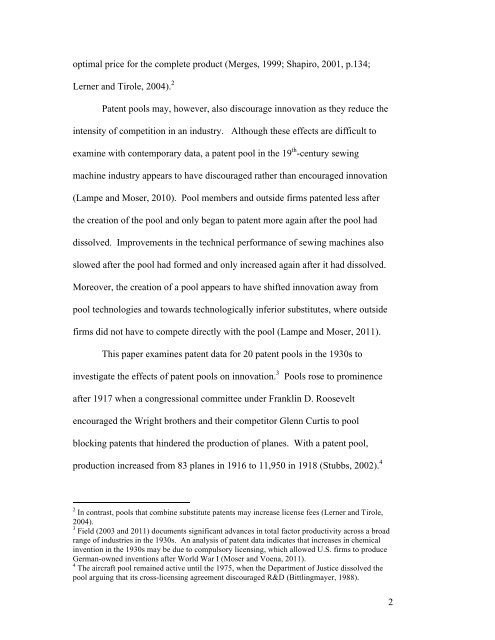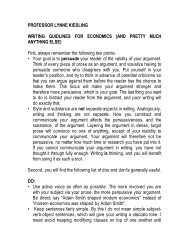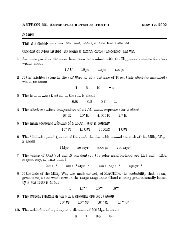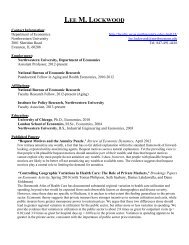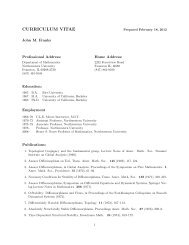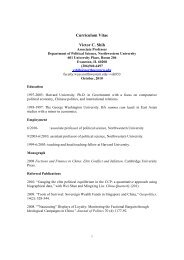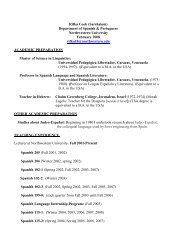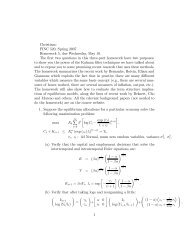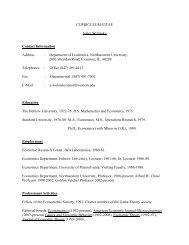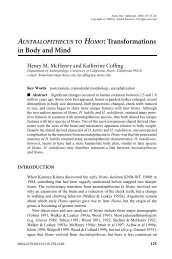DO PATENT POOLS ENCOURAGE INNOVATION? EVIDENCE ...
DO PATENT POOLS ENCOURAGE INNOVATION? EVIDENCE ...
DO PATENT POOLS ENCOURAGE INNOVATION? EVIDENCE ...
Create successful ePaper yourself
Turn your PDF publications into a flip-book with our unique Google optimized e-Paper software.
optimal price for the complete product (Merges, 1999; Shapiro, 2001, p.134;<br />
Lerner and Tirole, 2004). 2<br />
Patent pools may, however, also discourage innovation as they reduce the<br />
intensity of competition in an industry. Although these effects are difficult to<br />
examine with contemporary data, a patent pool in the 19 th -century sewing<br />
machine industry appears to have discouraged rather than encouraged innovation<br />
(Lampe and Moser, 2010). Pool members and outside firms patented less after<br />
the creation of the pool and only began to patent more again after the pool had<br />
dissolved. Improvements in the technical performance of sewing machines also<br />
slowed after the pool had formed and only increased again after it had dissolved.<br />
Moreover, the creation of a pool appears to have shifted innovation away from<br />
pool technologies and towards technologically inferior substitutes, where outside<br />
firms did not have to compete directly with the pool (Lampe and Moser, 2011).<br />
This paper examines patent data for 20 patent pools in the 1930s to<br />
investigate the effects of patent pools on innovation. 3<br />
Pools rose to prominence<br />
after 1917 when a congressional committee under Franklin D. Roosevelt<br />
encouraged the Wright brothers and their competitor Glenn Curtis to pool<br />
blocking patents that hindered the production of planes. With a patent pool,<br />
production increased from 83 planes in 1916 to 11,950 in 1918 (Stubbs, 2002). 4<br />
2 In contrast, pools that combine substitute patents may increase license fees (Lerner and Tirole,<br />
2004).<br />
3 Field (2003 and 2011) documents significant advances in total factor productivity across a broad<br />
range of industries in the 1930s. An analysis of patent data indicates that increases in chemical<br />
invention in the 1930s may be due to compulsory licensing, which allowed U.S. firms to produce<br />
German-owned inventions after World War I (Moser and Voena, 2011).<br />
4 The aircraft pool remained active until the 1975, when the Department of Justice dissolved the<br />
pool arguing that its cross-licensing agreement discouraged R&D (Bittlingmayer, 1988).<br />
2


